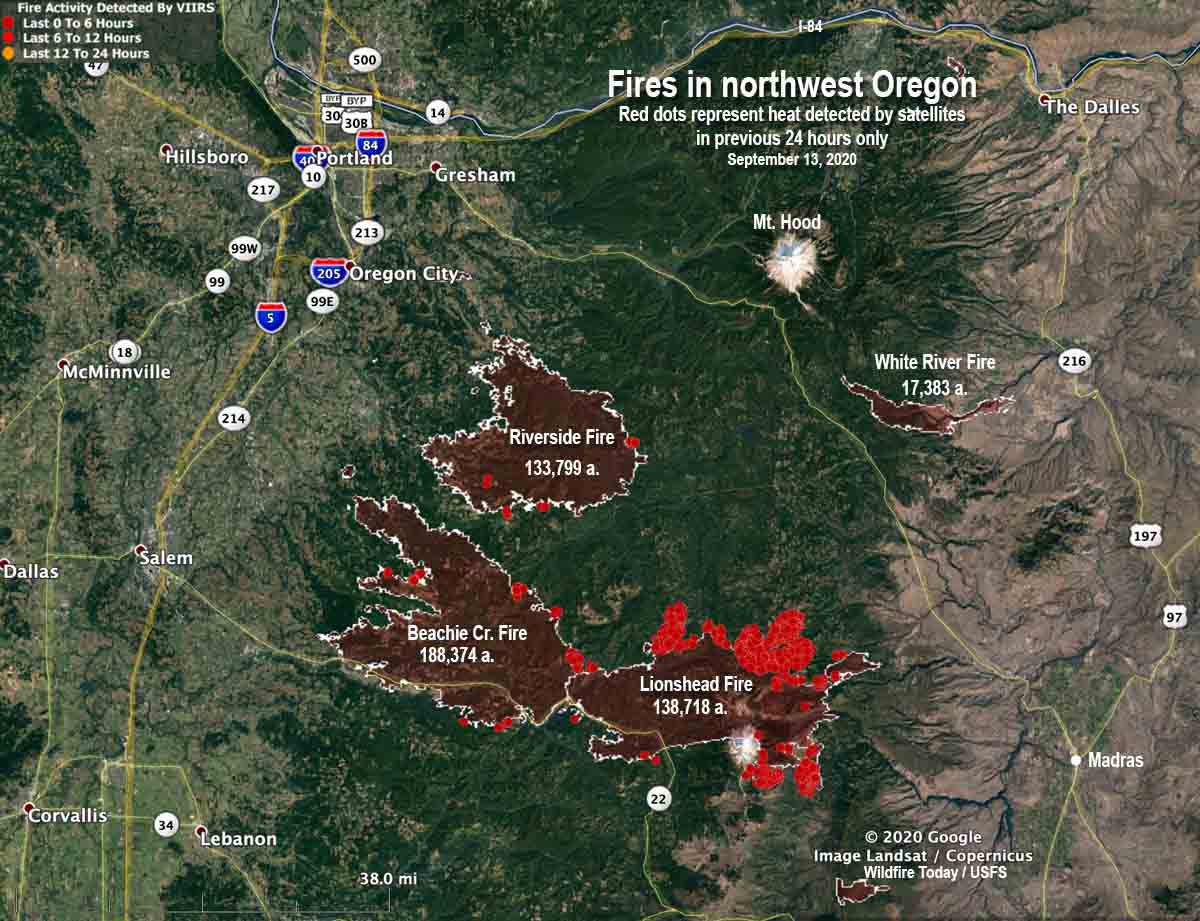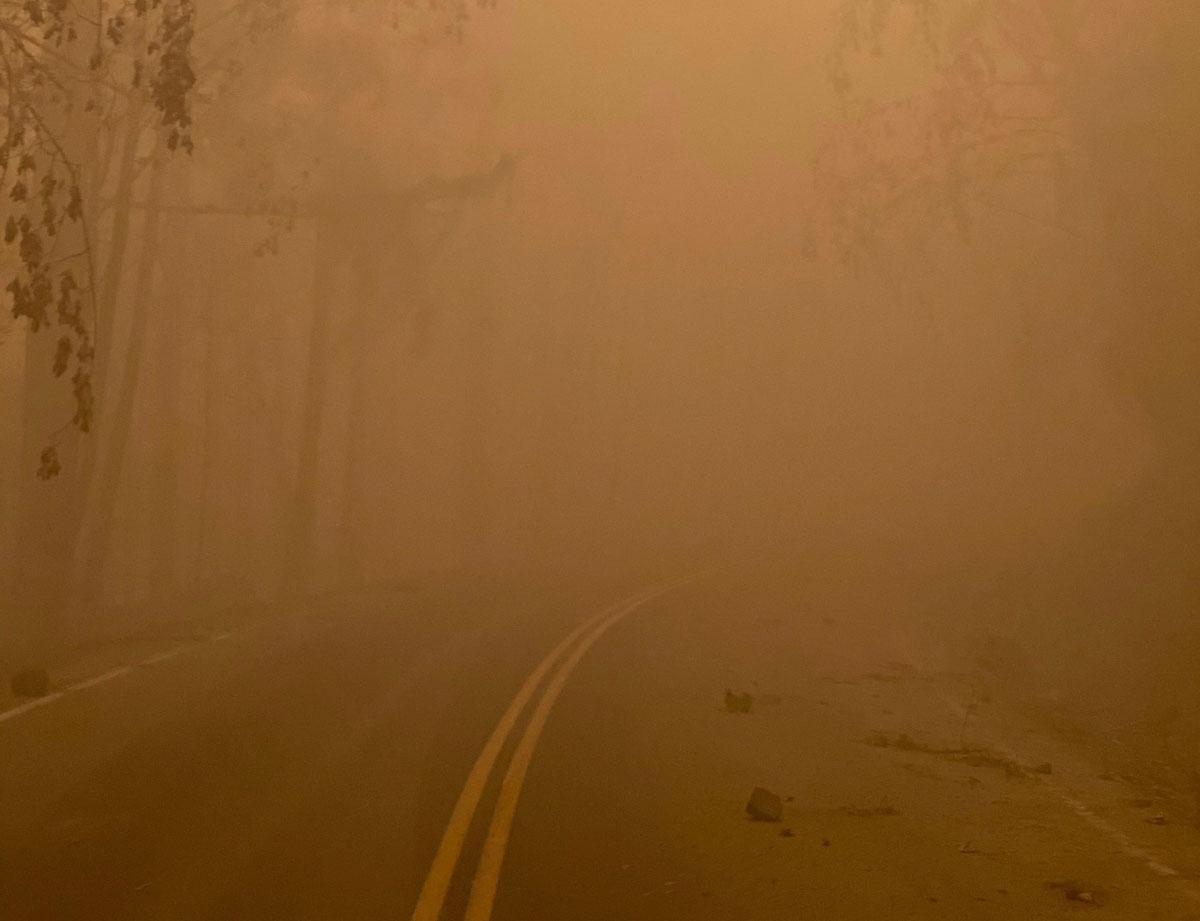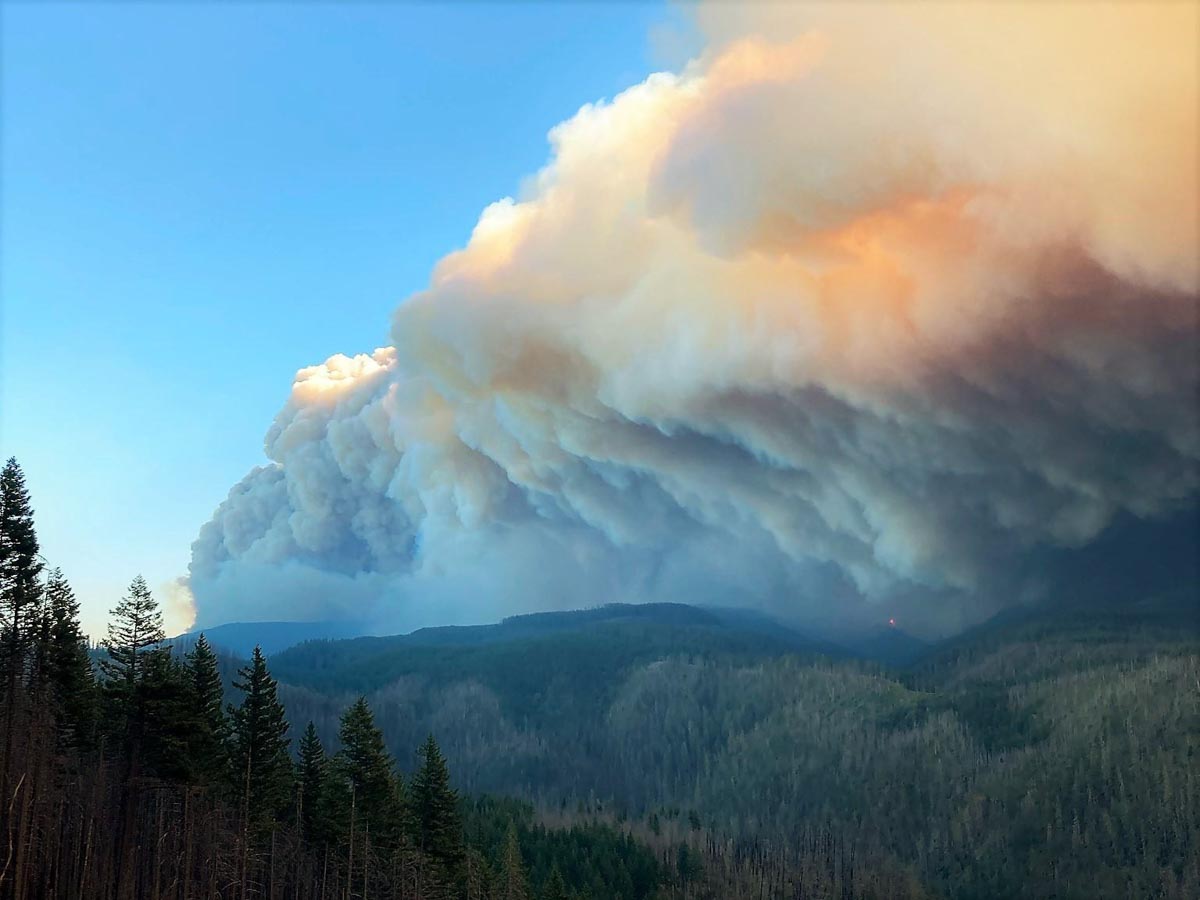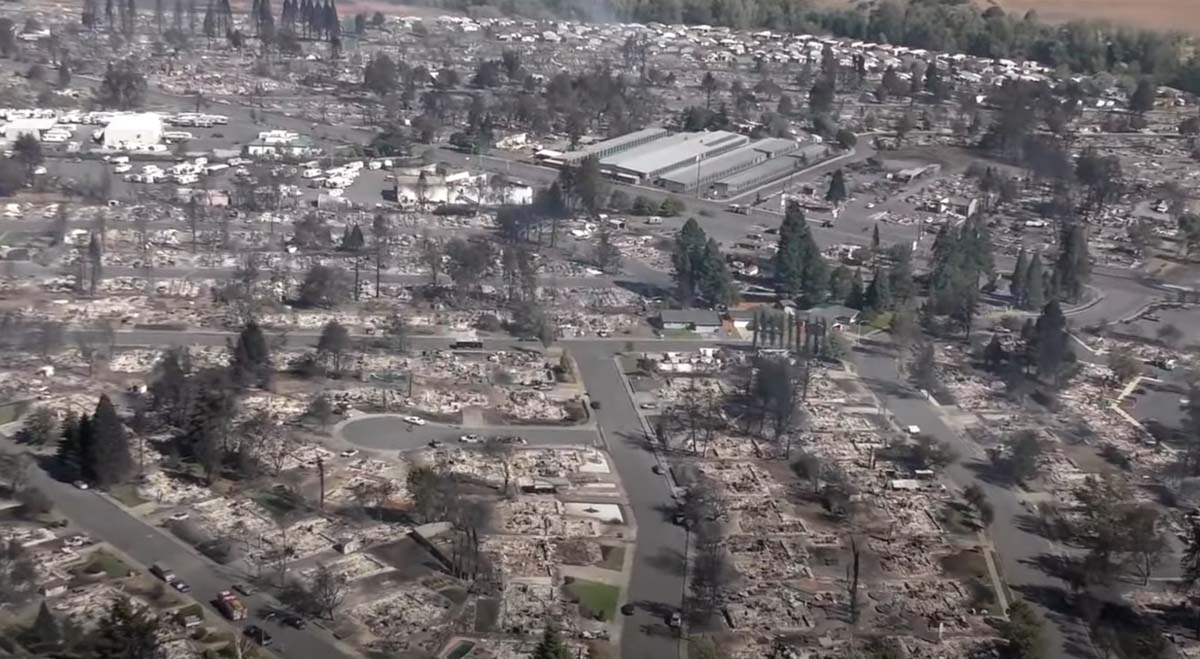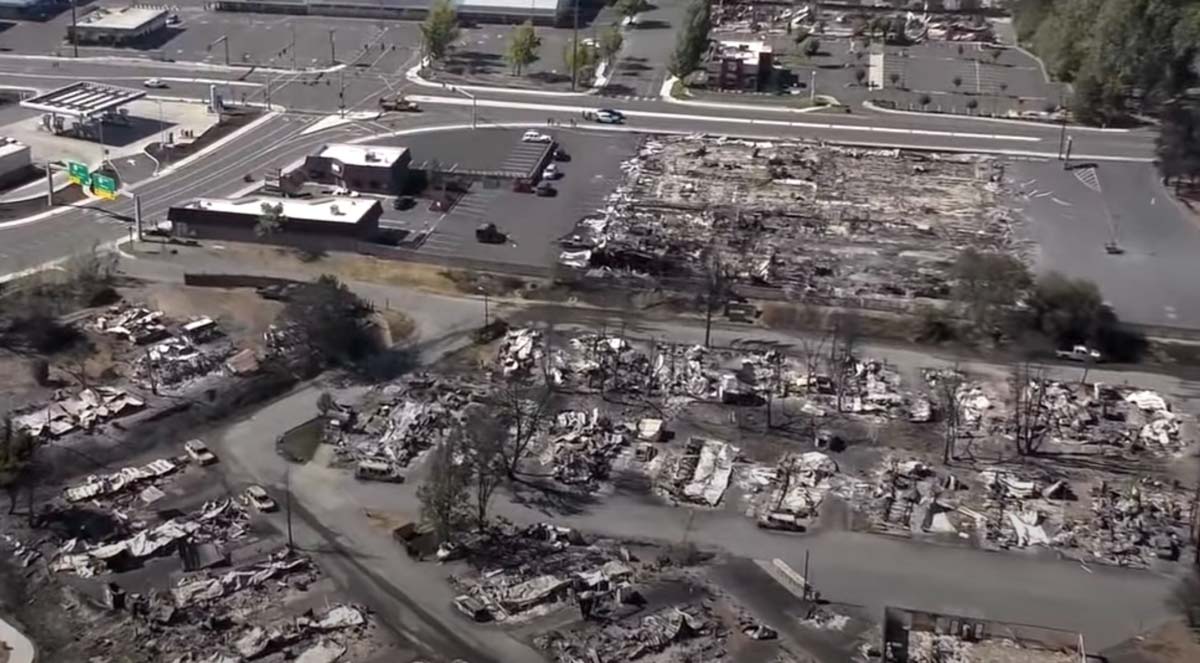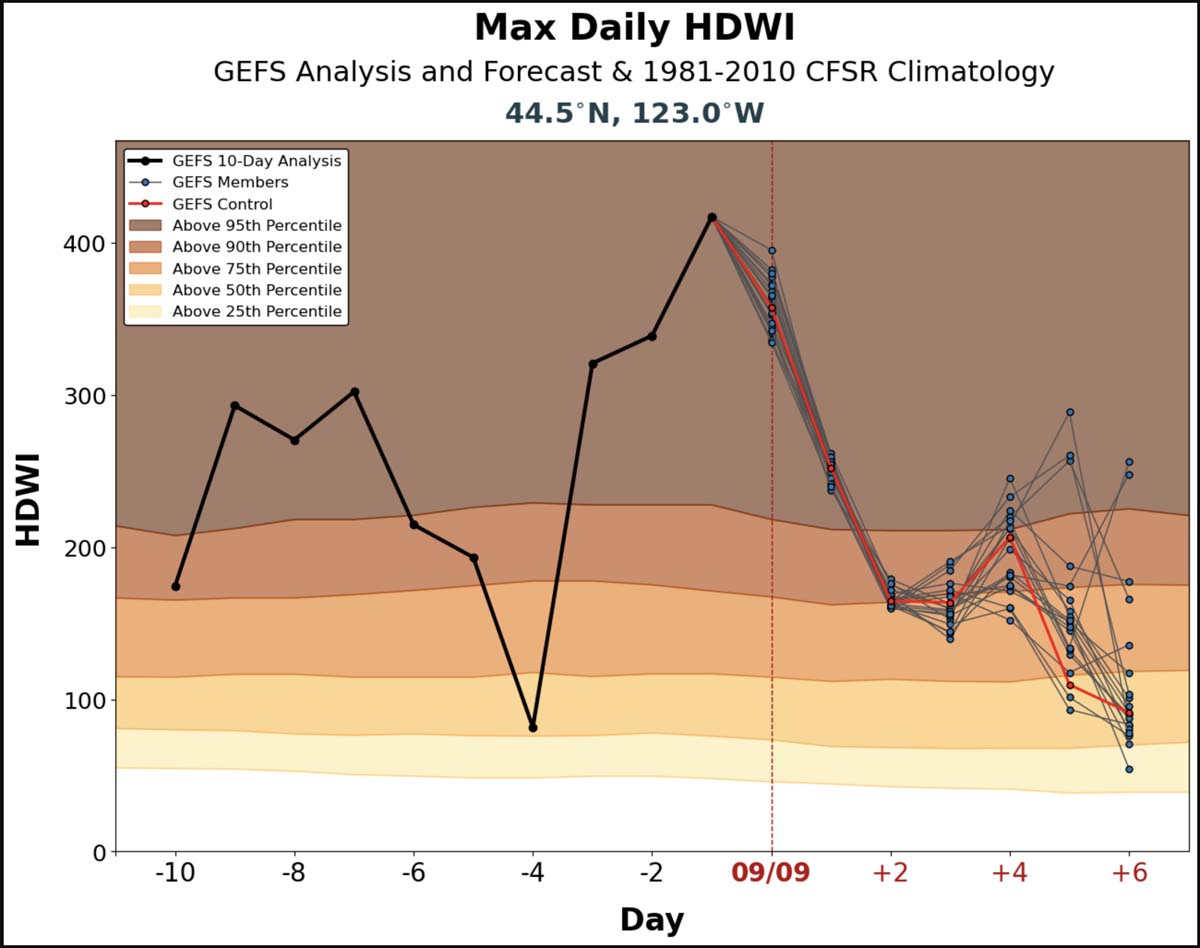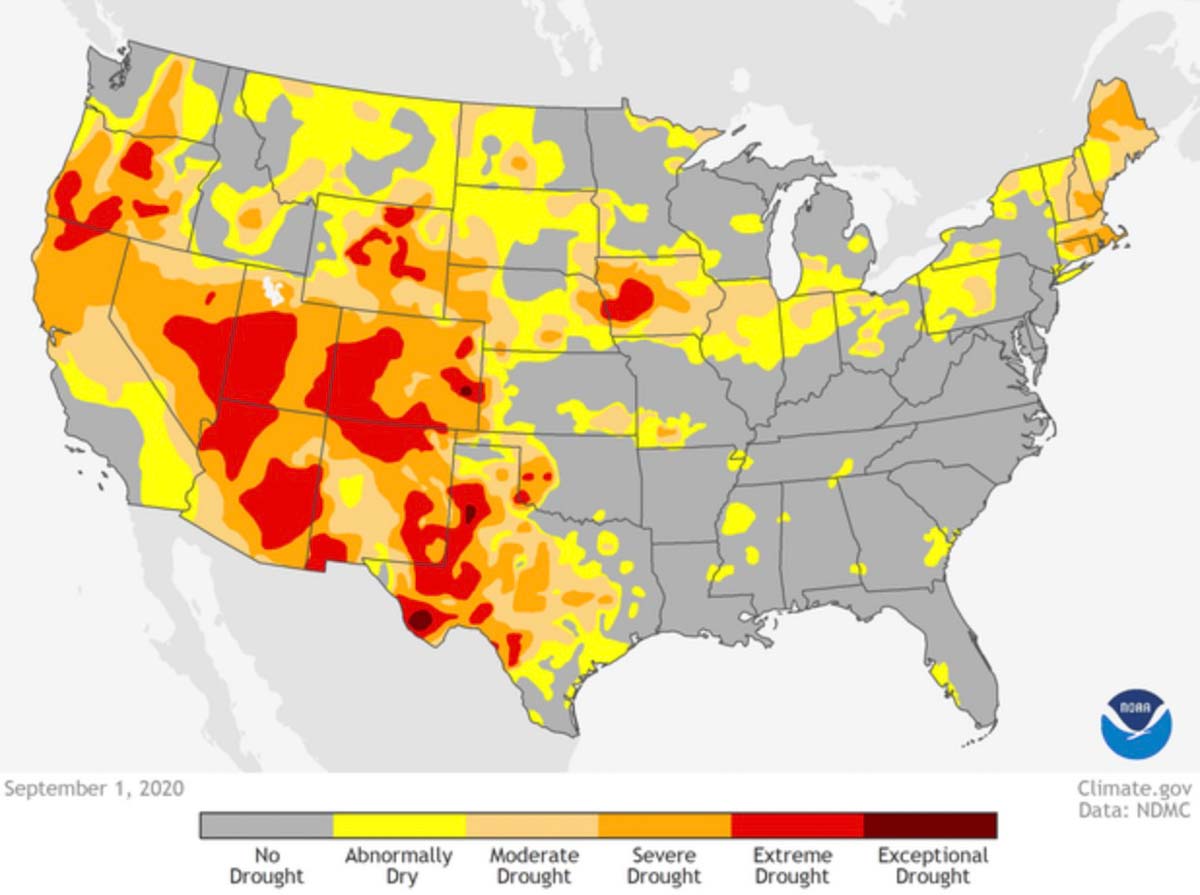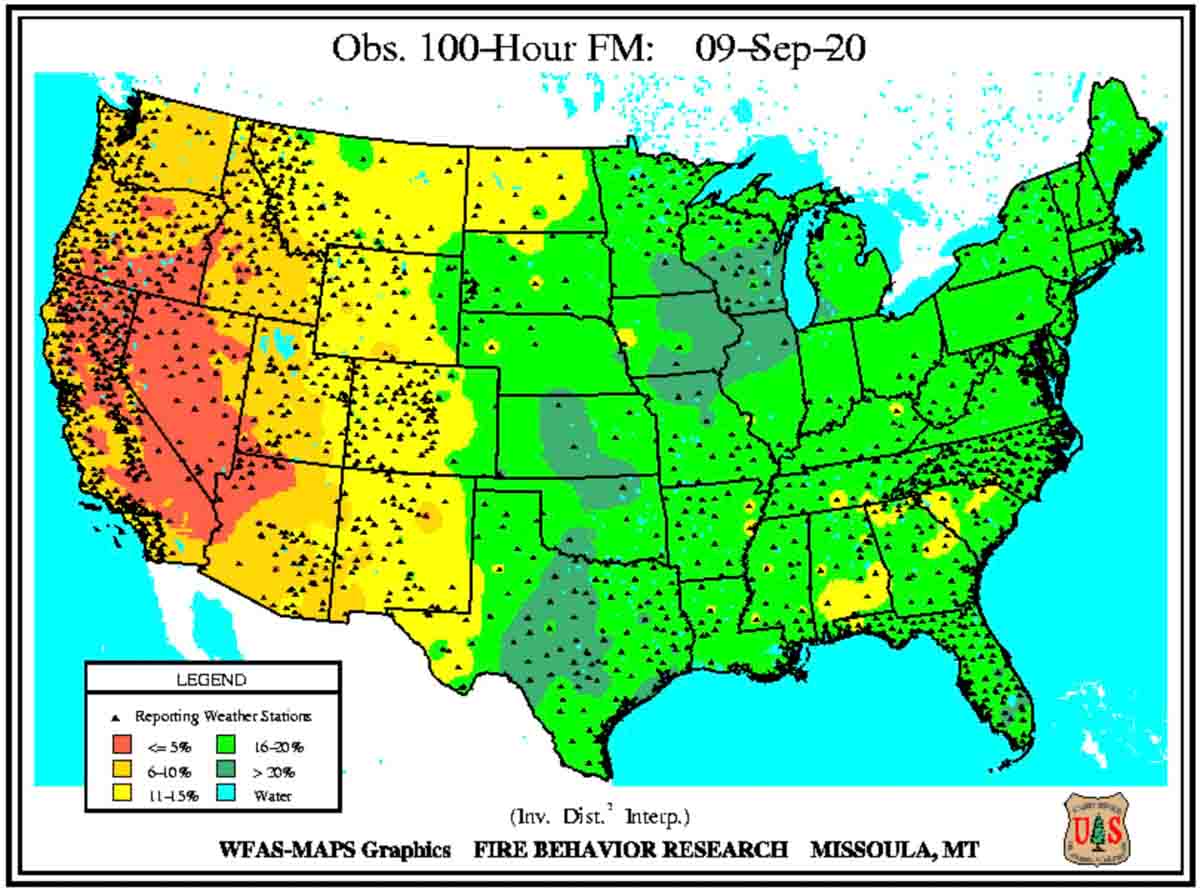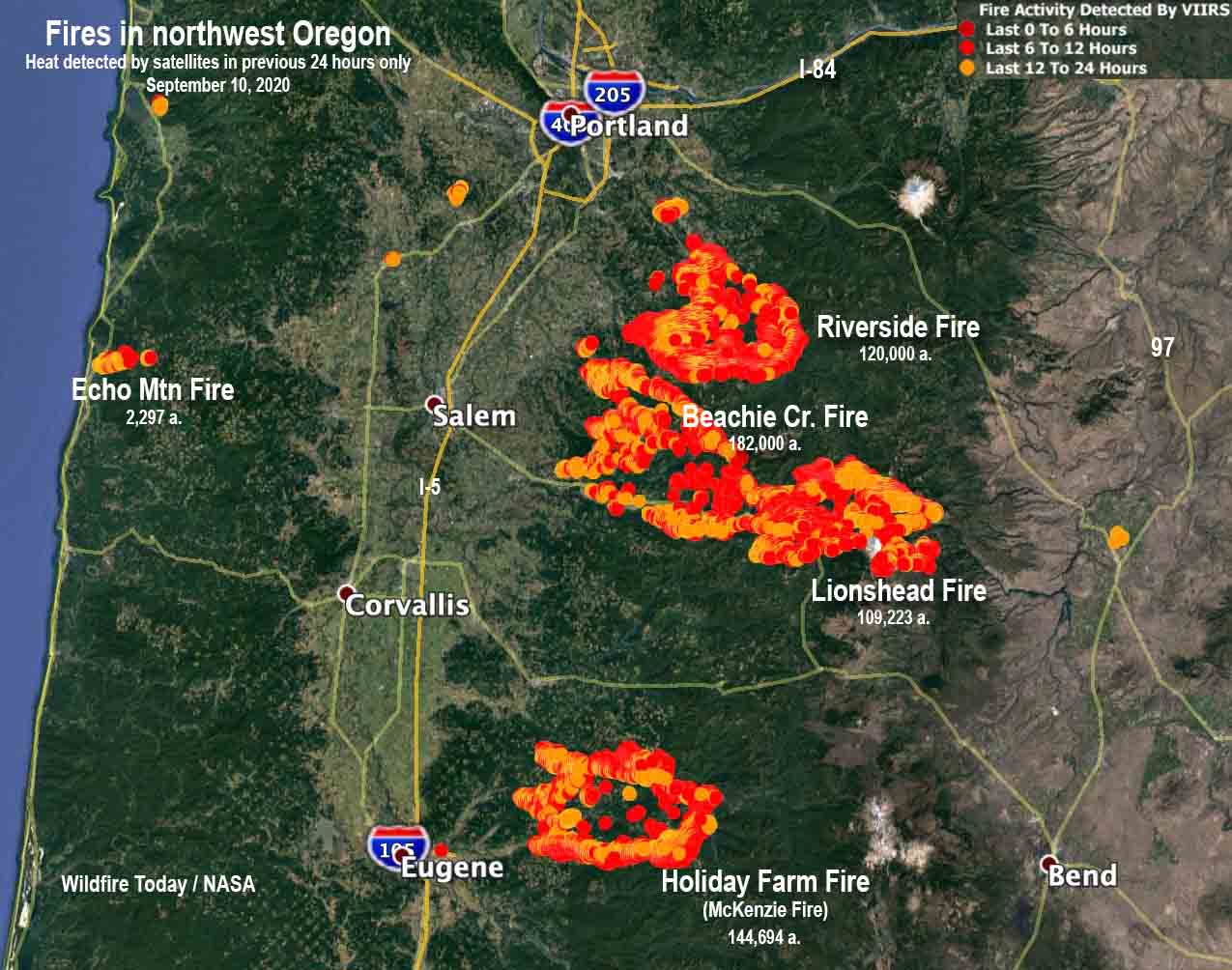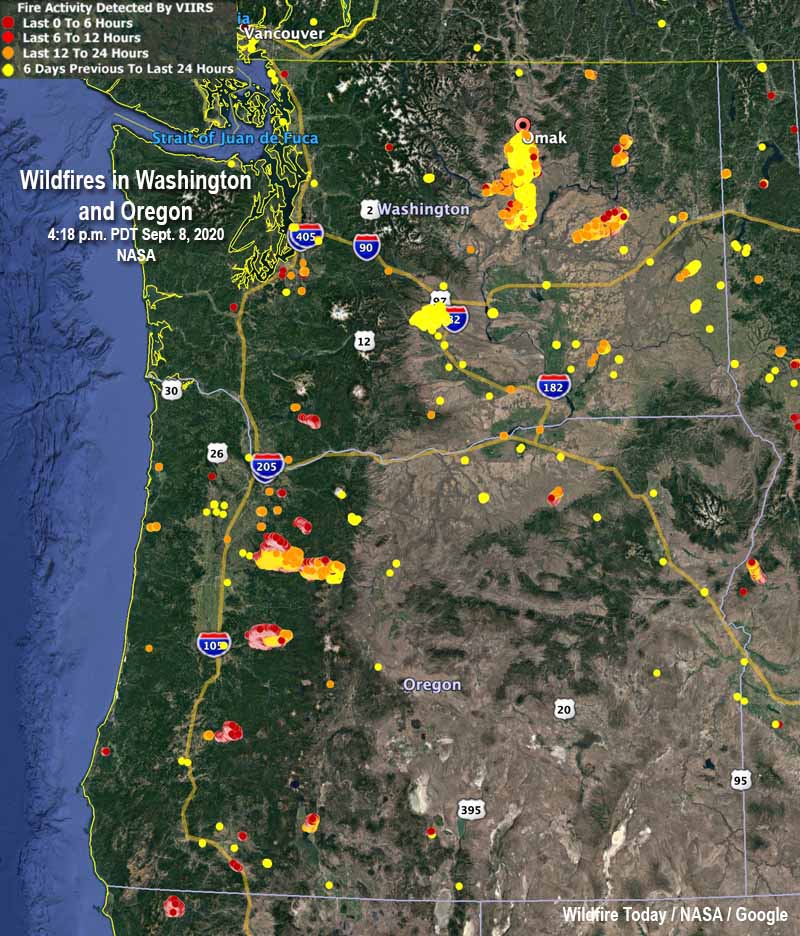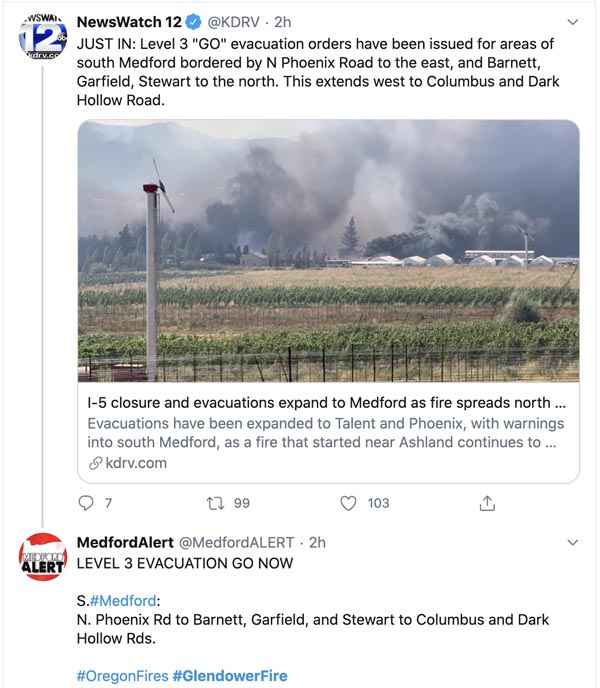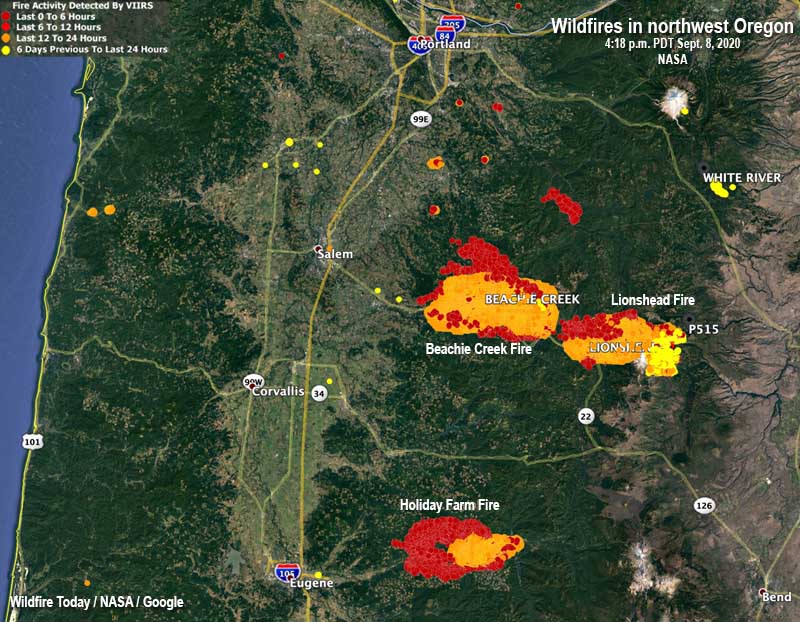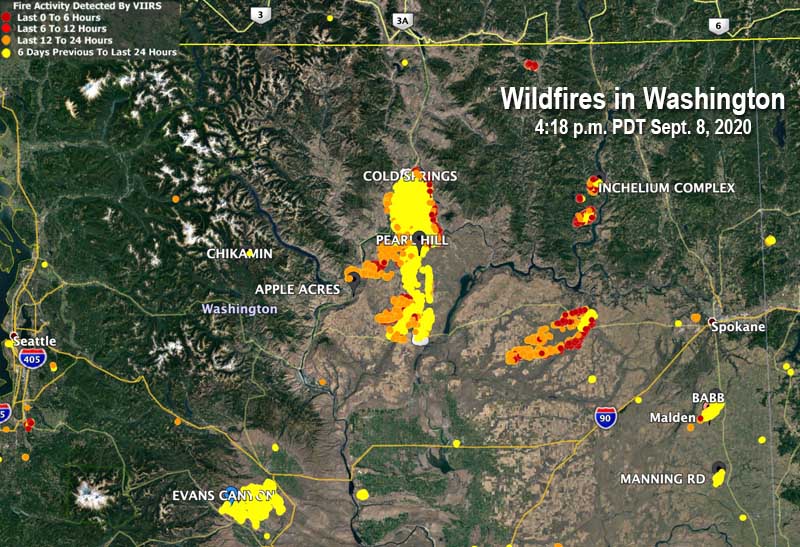(From Bill: Wildland firefighters and people who live in areas where long-term fires are common, such as Northern California and the Northwest, know that smoke can persist for days or weeks and can cause or aggravate respiratory and other medical issues. But knowing it exists and having peer reviewed quantifiable data proving it is hazardous to health, are two different things. Science like this could lead to changes that may benefit firefighters and the general public.)
In September and October the Centers for Disease Control and Prevention (CDC) deployed two staff members to serve as air resource advisors at wildfires in Oregon and California.
Air resource advisors were fully integrated into the wildfire incident management teams to provide insights into understanding and predicting smoke exposure levels. The individuals interacted with stakeholders, including air quality regulators, fire personnel, public health practitioners, and community residents. A primary aspect of this engagement was to forecast smoke levels for areas immediately affected by fires and generate a daily smoke outlook to keep stakeholders informed about prevailing smoke levels. 2020 is the first year during which the CDC worked with the Interagency Wildland Fire Air Quality Response Program and deployed staff members as air resource advisors for wildfire incidents.
From August 31 to September 14, 2020, one CDC staff member supported wildfires in central Oregon’s Cascade Range east of Sisters, which included the Beachie Creek, Holiday Farm, Lionshead, and Riverside fires. Strong east winds across the Cascade Mountains resulted in more than 560,000 acres of fire growth from September 7 through 10.

Another CDC staff member was deployed to the Creek Fire from September 20 to October 5, 2020. This fire near North Fork, California started September 4 and grew to 193,000 acres during its first week; as of December 3, 2020, the fire had burned 379,895 acres.
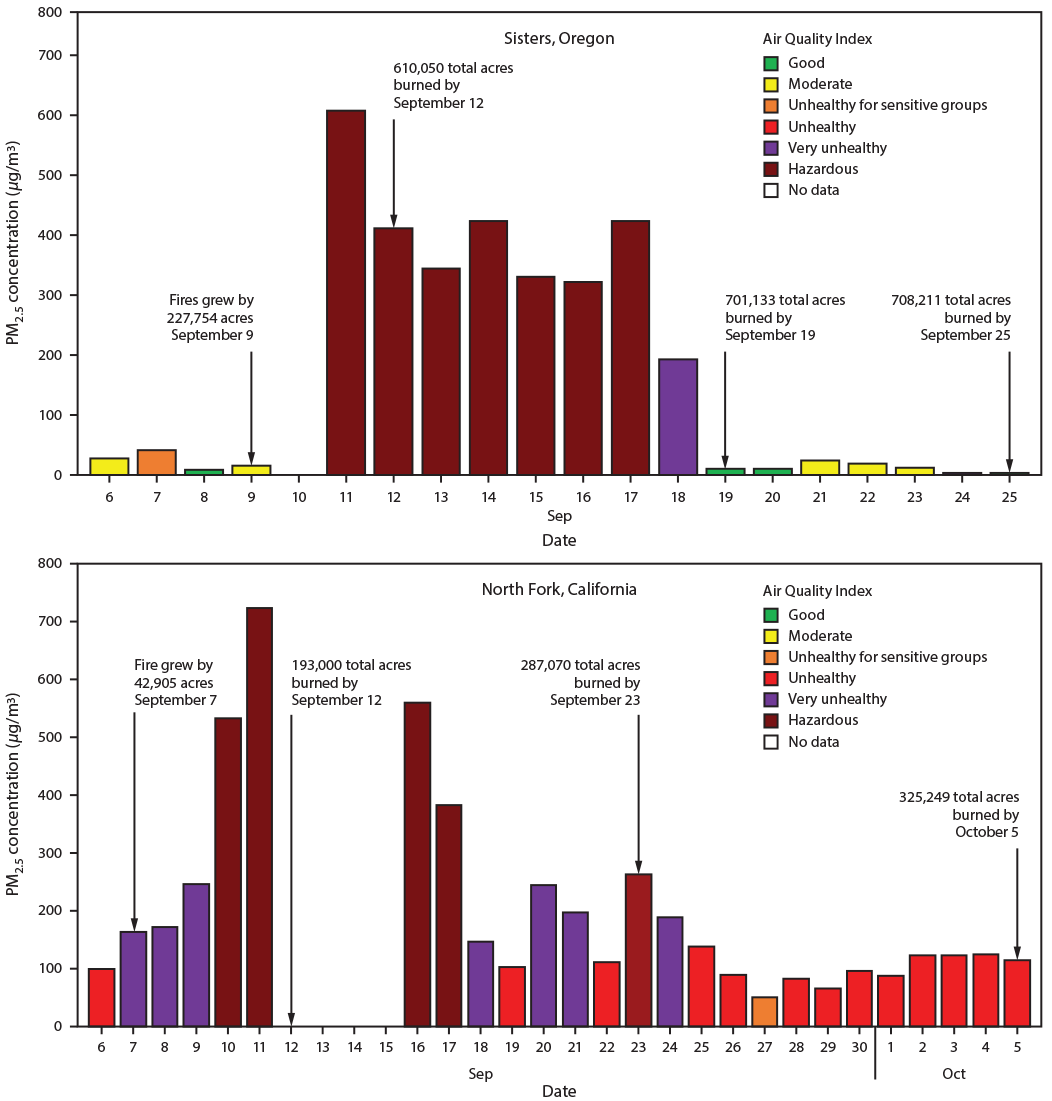
* Sensitive groups include persons aged ≤18 years; adults aged ≥65 years; pregnant women; persons with chronic health conditions such as heart or lung disease, including asthma and diabetes; outdoor workers; persons experiencing homelessness, and those with limited access to medical care. (https://www.cdc.gov/air/wildfire-smoke/default.htm).
† Fire camps typically offer logistical support to the wildfire suppression operation by providing firefighters and incident personnel sleeping locations (camping), morning and evening meals, workspaces, and administrative services.
§ The monitoring instrument in North Fork, California, recorded errors and did not report data during September 12–15, 2020.
¶ Start date of Creek Fire in California was September 4. Start dates of fires in Oregon were as follows. Lionshead was August 16; Beachie Creek was August 16; Holiday Farm was September 7; Riverside was September 8.
During these two deployments, several public health concerns came to light. Of note, although smoke from wildfires drifted long distances and affected downwind communities, the brunt of poor air quality was observed in communities adjacent to wildfire incidents. For example, communities near the fires in California and Oregon experienced high concentrations of PM2.5, as measured by air quality monitors, resulting in “Unhealthy” to “Hazardous” conditions, as defined by the U.S. Environmental Protection Agency Air Quality Index.
Fire personnel who camped and rested between work shifts at nearby fire camps (North Fork, California and Sisters, Oregon) were also exposed to poor air quality levels. These fire camp exposures contribute to higher overall cumulative smoke exposure and, along with other occupational risk factors such as fatigue and stress, could limit recovery that is much needed for fire personnel while away from the active fire perimeter. In addition, environmental hazards such as extreme heat and higher concentrations of ambient carbon monoxide were prevalent during days with heavy smoke and after extreme fire growth days. These hazards added a layer of complexity to fire response efforts and might have limited fire personnel recovery between work shifts.
From: Navarro K, Vaidyanathan A. — Notes from the Field: Understanding Smoke Exposure in Communities and Fire Camps Affected by Wildfires— California and Oregon, 2020. MMWR Morb Mortal Wkly Rep 2020;69:1873–1875. DOI: http://dx.doi.org/10.15585/mmwr.mm6949a4
Thanks and a tip of the hat go out to Bob.

